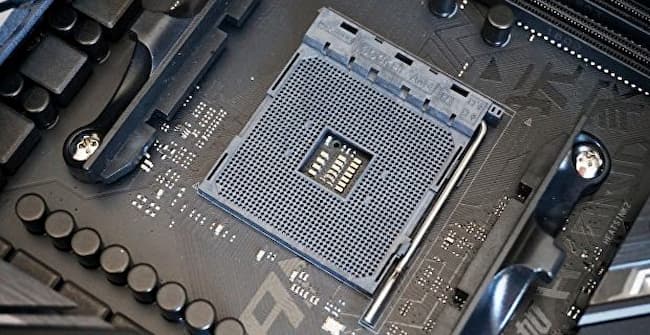
The AMD Ryzen 7 5700X3D processor, a popular choice among gamers, is nearing the end of its lifecycle. According to various online retailers, this model will soon disappear from shelves, marking the end of AMD’s 3D V-Cache technology support for the AM4 socket. The 5800X3D, a slightly more powerful version, has already been out of stock for nearly a year. These processors have been a significant part of AM4 sales, offering a cost-effective solution for high-performance gaming setups.
The announcement comes as the Ryzen 7 5700X3D, an AM4 processor with 8 cores and 16 threads based on Zen 3 architecture, is confirmed to be “End-of-Life.” With a base speed of 3.0 GHz and a boost up to 4.1 GHz, it was a preferred upgrade for older AMD systems, thanks to its 96 MB of L3 cache and DDR4-3200 compatibility. Despite its popularity, retailers have noted a price increase from approximately €225 to €260, following a dip below €200 last September.
The Decline of AM4 and Rise of AM5
This development follows AMD’s strategic shift towards the AM5 platform, which is becoming more accessible despite the B650 chipset also reaching its end-of-life status. Consumers are now encouraged to transition to the newer B850 chipset, albeit at a higher cost. These changes indicate that the AM4 platform is nearing obsolescence.
For those seeking an upgrade on a budget, the Ryzen 7 5700X3D remains a viable option if priced between €220 and €260. The processor provides a noticeable FPS improvement over non-X3D AM4 models. However, for those seeking long-term upgrade potential, transitioning to the AM5 platform may be the more prudent choice.
Historical Context and Market Impact
The move represents a significant shift in AMD’s approach to socket longevity, a policy that has been a hallmark of the company’s strategy. The AM4 socket, introduced in 2016, has supported multiple generations of processors, providing users with flexibility and extended hardware lifespan. The decision to phase out the 5700X3D signals a broader industry trend towards newer, more advanced platforms.
According to industry experts, this transition is not unexpected. “AMD’s decision to phase out the AM4 platform aligns with the natural progression of technology,” said a leading market analyst. “As newer technologies emerge, older platforms must eventually be retired to make way for innovation.”
Looking Ahead: The Future of AMD Platforms
Meanwhile, the AM5 platform is poised to take center stage, offering improved performance and efficiency. AMD’s focus on this new platform reflects the company’s commitment to staying at the forefront of technological advancements. As the industry evolves, consumers can expect more powerful and efficient processors that cater to the demands of modern computing.
In conclusion, the end of the Ryzen 7 5700X3D marks a pivotal moment for AMD and its user base. As the company transitions to the AM5 platform, consumers are faced with choices that balance cost, performance, and future-proofing. The decision to upgrade will depend on individual needs and the evolving landscape of processor technology.







